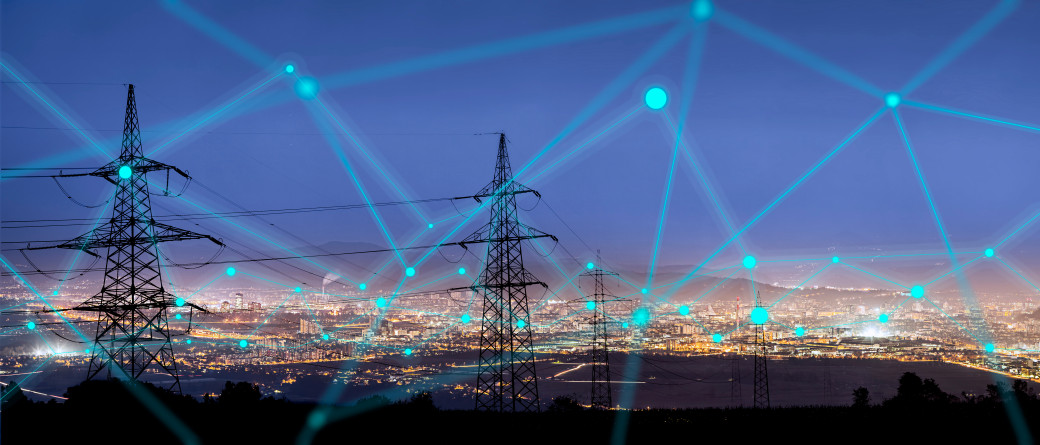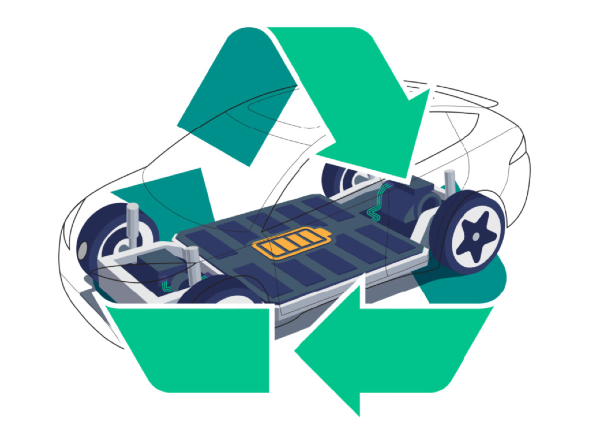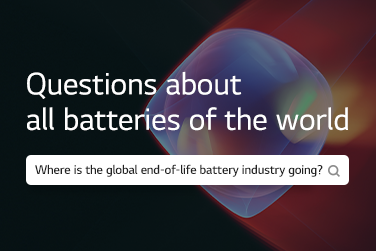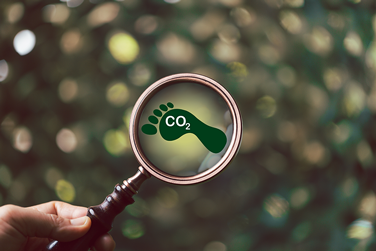✍️
Kyung Nam KIM
Professor, Graduate School of Energy and Environment (Green School), Korea University
I loved watching the cartoon series “Popeye, the Sailor Man” as a kid. Popeye’s girlfriend, Olive, was constantly bullied by the villain Brutus. Popeye would come to save the day, eat his spinach, and blow Brutus away with one big punch. I remember, after watching the show, I pestered my mum to cook me some spinach although I was not too fond of its taste.

Wouldn’t it be great if Popeye’s power-inducing spinach existed in the real world? In other words, what if there was an eco-friendly source of energy that could store an incredible amount of power that we could tap into whenever we needed it. Such could help us live a truly sustainable life. As civilizations evolve, the demand for electricity continues to increase. When you consider a person’s entire lifetime, you will see that an individual’s dependence on electrical energy grows along with him. This is because most modern conveniences are operated by electrical energy. Electricity is essential, but unfortunately, burning fossil fuels is still necessary to produce electricity.
According to the International Energy Agency (IEA) data, the average daily electricity consumption worldwide was 62.6 TWh in 2019, while the average daily electricity production was 74.1 TWh. This means 11.5 TWh was produced more than consumed. Considering the fact that electricity is naturally tricky to store, 15.5% of the electricity produced is not used and lost. All in all, we are throwing away 69% of the amount of electricity consumed by households around the world annually.

Considering that many resources are being consumed to produce electricity, ideally, it would be best to generate just the amount of electricity needed and supplied to consumers.
However, in reality, it is difficult to accurately predict the exact amount of electricity to produce based on the actual amount required by consumers worldwide. Even if that were possible, it would even be more challenging to deliver the electric supply produced to worldwide consumers right away. To do that, we need an infrastructure network to transport electricity worldwide. In other words, we need to build an intercontinental power grid that connects the world simultaneously. Even if this was technologically feasible, it would be challenging to reconcile conflicts of interest between countries.
As a result, the ideal way is to save the excess electricity and use it when needed. This would be the most practical method. Batteries will serve as essential infrastructure, just like how multi-purpose dams prepare for floods or droughts by storing and supplying water.
It is no exaggeration that the battery’s capacity to store energy contributes to the sustainable development of man.

In 2015, the 70th UN General Assembly resolved to adopt Sustainable Development Goals (UN-SDGs) and agreed to achieve these goals by 2030. The UN declared 17 SDGs to be shared by all people around the world to achieve the principles of sustainable development. Of the 17 goals, two SDGs stand out.
One is the seventh goal, which is Affordable and Clean Energy. According to the UN, humanity should be able to access reliable, sustainable, and modern energy at an affordable price. This reminds us of the importance of batteries that enable waste-free consumption and electricity generation through renewable energy. In pursuing this SDG, energy equality that calls for everyone’s access to at least minimum energy should be taken into account.
The second SDG is the 12th Goal, Responsible Consumption and Production. This emphasizes the responsibility of both consumers and producers to ensure sustainable consumption and production patterns. This means that we need to aim for consumption and production that improve the quality of life while reducing resource wastage and pollution. Here, a responsible producer would be a company that observes ESG. In other words, it is a company that considers the environment and society and operates with a transparent governance structure.

The financial market, which had sensed the dangers of climate change before anyone else did, developed and launched green financial products that preferentially invest in projects or businesses that aim to reduce greenhouse gas. The green financial products evaluate investment companies by their actions and purpose for the funds. Later, the financial market expanded this green finance concept and developed sustainable finance, in which the investment decision depends on the story of companies seeking financing. This is ESG finance today.
Humanity is on the same boat. To respond to climate change, we must pursue sustainable development. The role of members of society, especially the companies, is critical. Can a company with unhappy employees or that produces products that are not trustworthy survive in the market? Also, is it possible to raise funds when a company disappoints stock investors who invested in the company in the hopes of its growth? A company that survives in the market by meeting the expectations of its shareholders and all stakeholders, including employees, consumers, and the local community, is a company that pursues a long-term purpose and sustainable development.

A battery company that can continuously supply energy critical for people’s lives is a representative company that plays its role and contributes to sustainable development. To serve their social license well, companies must contribute to the sustainable development of society as well as their own sustainable growth. Imagine a tree that absorbs rainwater during the rainy season and then naturally releases the water during regular times. When a tree reaches the end of its life, it returns to nature and becomes compost that fosters the growth of other living things. Batteries should evolve and create a virtuous cycle that can be reused and recycled when they reach the end of their intended purpose. Battery companies need to achieve sustainable growth with a social license.
Take LG Energy Solution as an example. It is creating a virtuous cycle with spent batteries. It is developing and installing EV charging systems by reusing spent batteries from electric car taxis that have traveled more than 100,000 km. LG Energy Solution also establishes partnerships with specialized companies to recycle the rare metal in spent batteries. This makes LG Energy Solution a leading company in the battery sector that supplies sustainable energy sources. We look forward to seeing the more significant role to be played by LG Energy Solution.
※ This column was written based on the writer’s views and does not necessarily reflect the opinion or strategy of LG Energy Solution.





